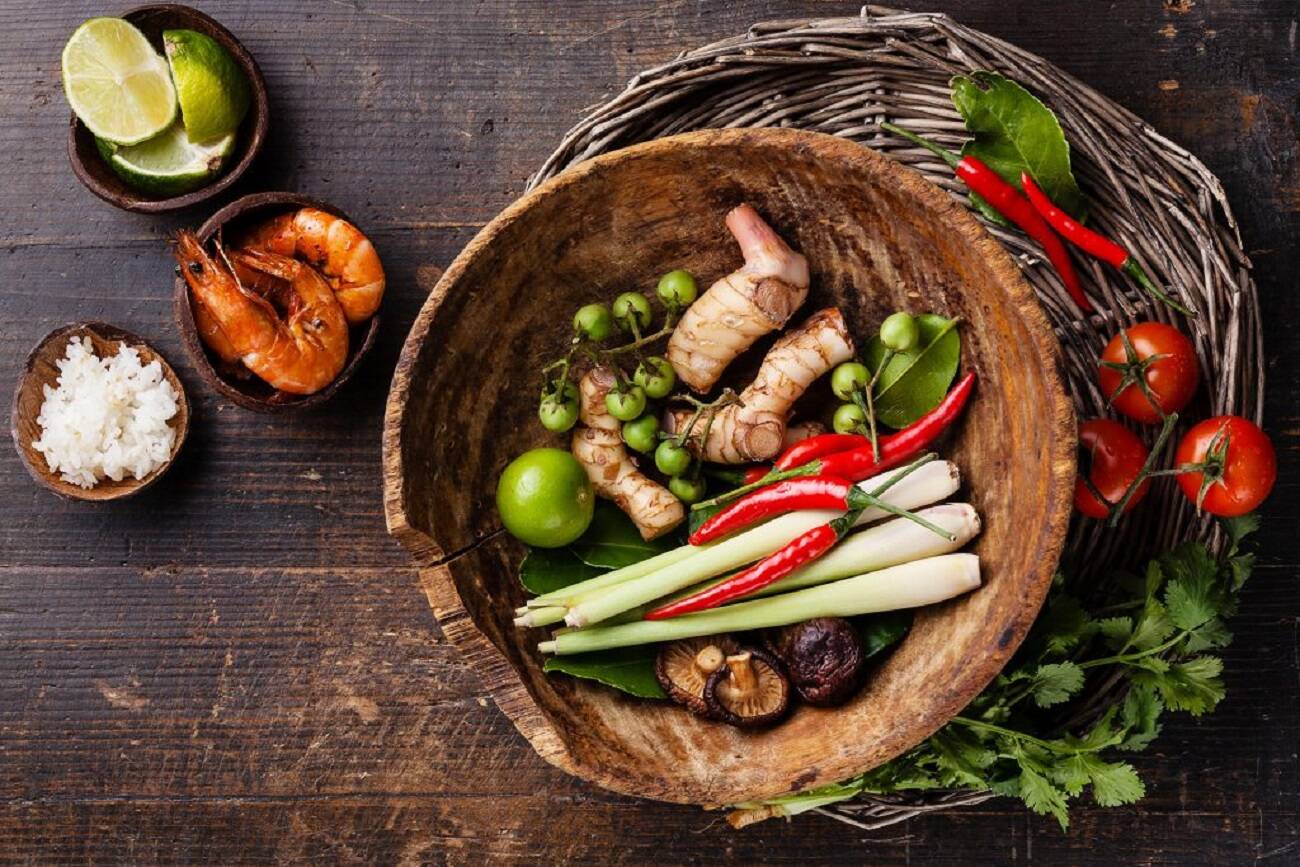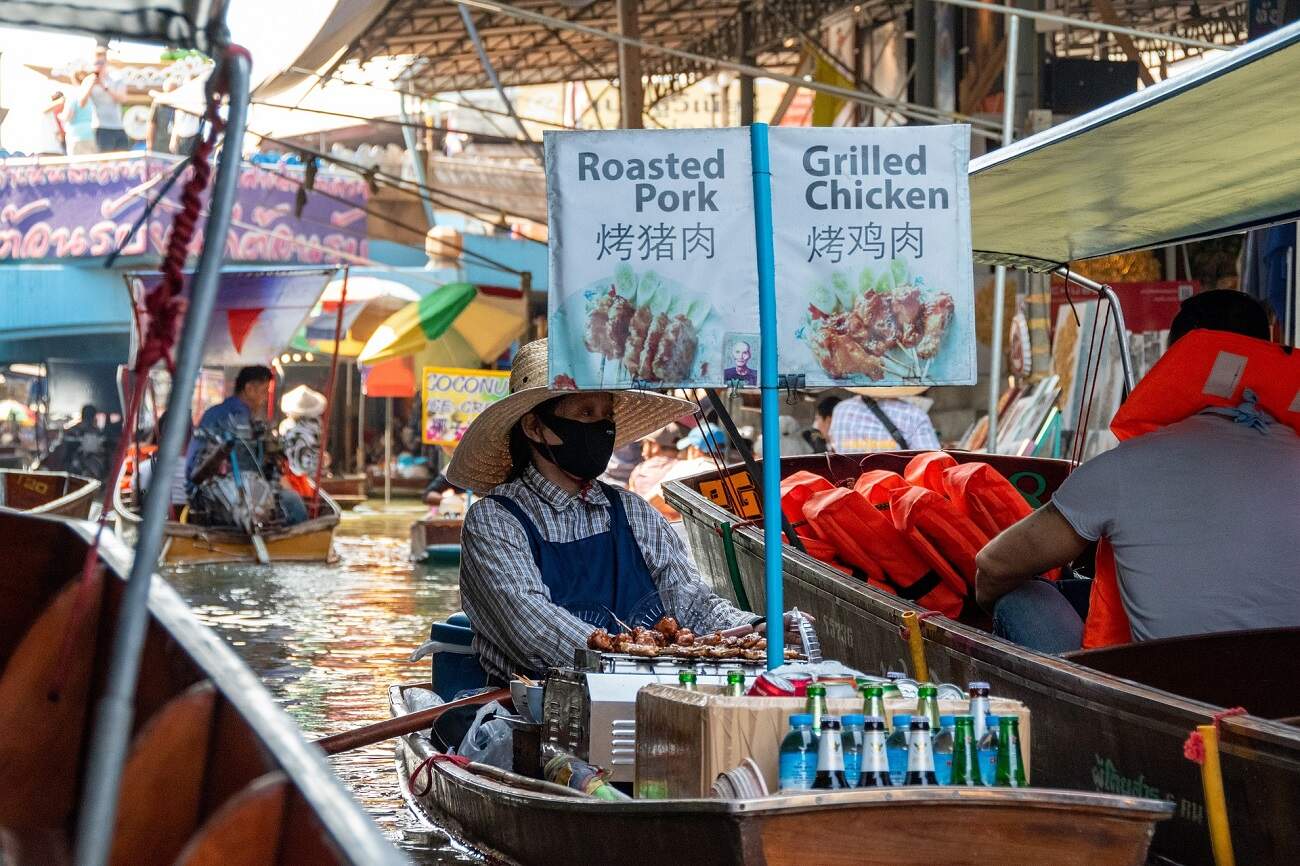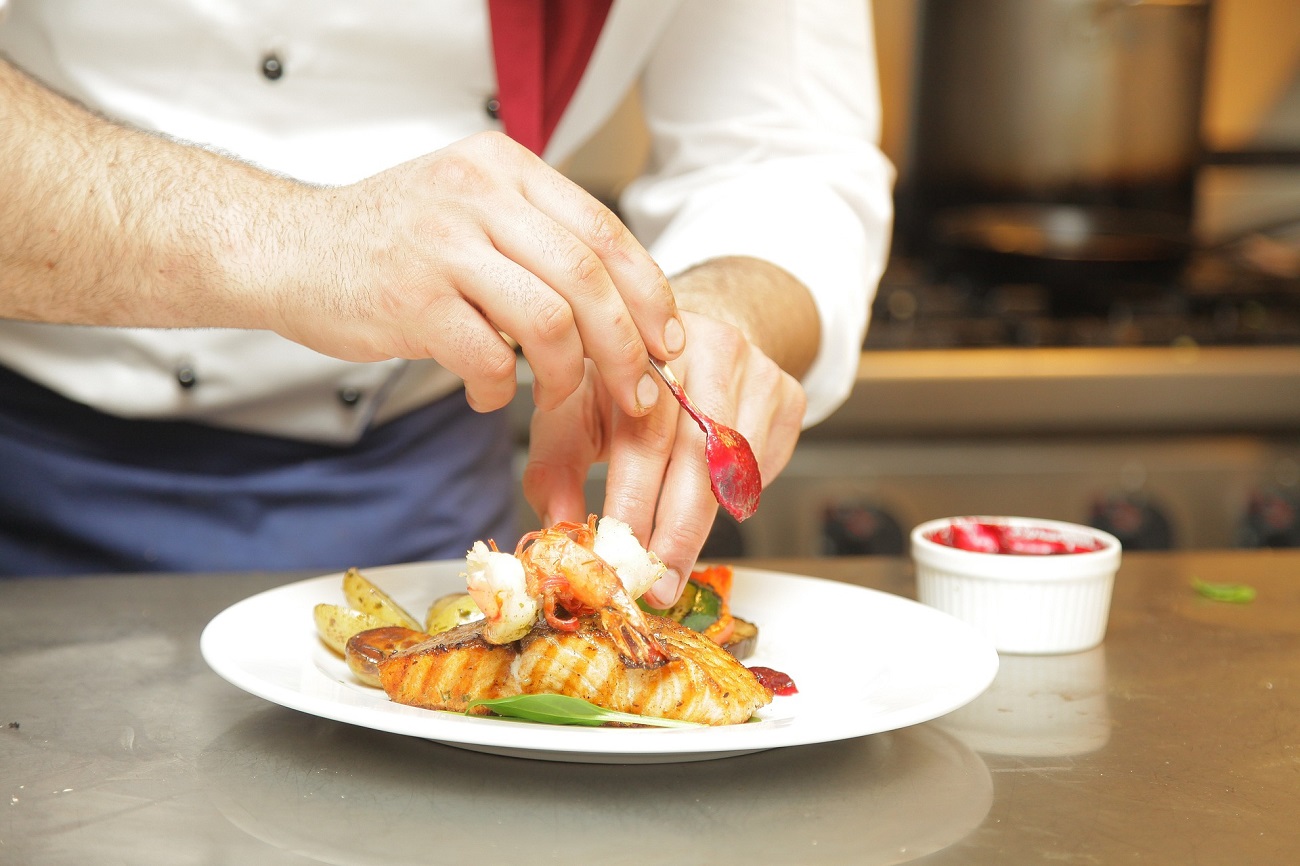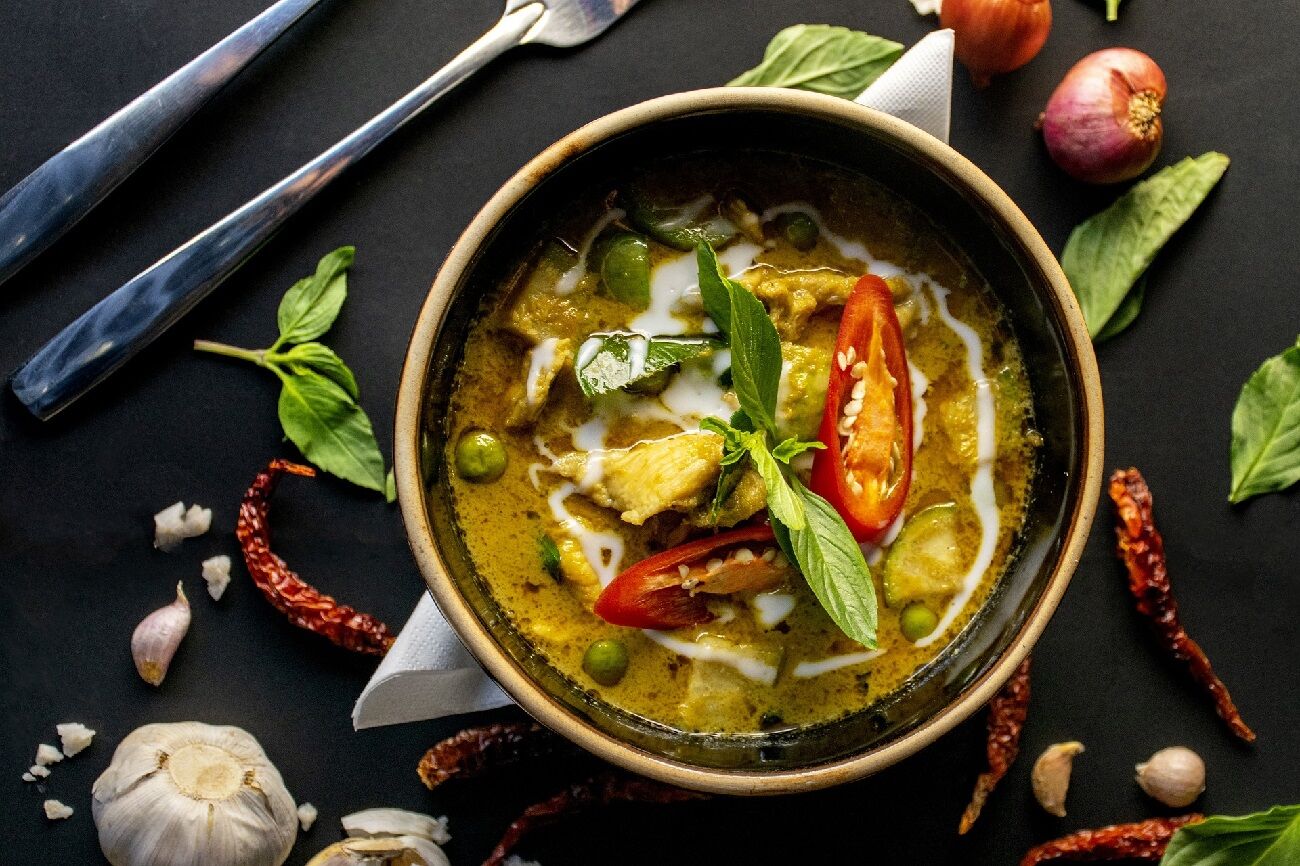Thai cuisine is a captivating blend of flavors, aromas, and textures that artfully reflects the rich culture and warmth of the Thai people. With its unique combination of flavors and aromas, Thai cuisine has gained international recognition for its bold and vibrant character.
Thai food is a delightful embodiment of the country’s diverse landscapes, abundant natural resources, and multifaceted history. From the bustling streets of Bangkok to the serene villages in the countryside, every region in Thailand has its own distinctive culinary traditions, showcasing the country’s deep-rooted agricultural heritage.
Learn more about Thai cuisine and why it is considered as an emerging favorite in the global stage.
Its Roots
Thai cuisine boasts a remarkable history shaped by centuries of cultural influences and trade connections. The flavors found in Thai dishes are a reflection of the country’s geographical location at the crossroads of Southeast Asia, where neighboring countries such as China, India, and Malaysia have all left their mark. Thai cooking also draws inspiration from the indigenous culinary traditions of the Thai people, resulting in a unique and diverse culinary landscape.
The 5 Elements

One of the defining characteristics of Thai cuisine is the perfect balance of five fundamental tastes: sweet, sour, salty, spicy, and creamy. This harmonious combination of flavors creates a symphony of sensations on the palate. Sweetness can be found in the use of palm sugar, fruits, and coconut milk, providing a delightful contrast to other bold flavors. Sourness is achieved by incorporating ingredients like lime juice, tamarind, or vinegar, imparting a refreshing tang to many Thai dishes.
The cuisine also embraces a range of salty elements such as fish sauce, soy sauce, and fermented shrimp paste, adding depth and complexity to the flavors. Spiciness is a prominent feature of Thai cuisine, with chilies being a key ingredient.
Whether used in a mild or fiery manner, they lend a characteristic kick to the dishes. The creaminess in Thai cuisine is achieved through the use of coconut milk, creating a velvety texture that balances the other flavors.
Related Article: A Sweet Escape: Must-Try Desserts
Cooking Techniques

The Thai style of cooking is not only renowned for its unique flavors but also for its diverse culinary techniques. From stir-frying to grilling, steaming, and deep-frying, Thai chefs employ a wide array of cooking methods to create a multitude of delicious dishes.
Stir-frying is perhaps one of the most popular techniques used, allowing for quick cooking over high heat, resulting in dishes like Pad Thai and Pad Kra Pao. Grilling is another common technique, adding a smoky and charred flavor to meats, seafood, and vegetables, as seen in the popular dish Moo Ping (grilled pork skewers). Steaming is commonly used for delicate items like fish or dumplings, while deep-frying creates crispy and golden textures found in favorites like spring rolls and chicken wings.
Related Article: 10 Must-Try Thai Food When in Thailand
Fusion Of Flavors
The Thai style of cooking has also been influenced by colonial and Western contacts. During the colonial period, European traders and settlers brought ingredients like tomatoes, chili peppers, and potatoes to Thai shores, which subsequently found their way into traditional Thai dishes. This blend of Eastern and Western culinary traditions led to the emergence of “farang food” (farang meaning foreigner in Thai), which includes dishes like Thai-style spaghetti and Thai curry with potatoes. These fusion dishes showcase the adaptability and openness of Thai cuisine to incorporate new ingredients and techniques.

Furthermore, Thailand’s rich biodiversity and adventurous palates have also given rise to an array of exotic ingredients and dishes. From the pungent durian fruit and the tangy tamarind to the unique flavors of century eggs and fermented shrimp paste, Thai cuisine is known for its ability to tantalize taste buds with unusual flavors. Dishes like fried insects and green papaya salad (Som Tum) with its spicy and sour notes exemplify the bold and adventurous nature of Thai cuisine.
Related Article: Top Tropical Fruits to Eat When in Thailand
Today, Thai cuisine is a culinary delight that has gained global recognition for its vibrant flavors and enticing combinations is ranked as the 17th best cuisine in the world.
Final Thoughts
Overall, Thai cuisine is on an unstoppable rise in the global culinary scene. Its popularity can be attributed to the explosion of flavors, the use of fresh ingredients, and the unique combination of flavors and aromas. The growing interest in Thai cuisine is also a testament to the increasing appreciation for diverse and authentic flavors.
As people become more adventurous in their culinary explorations, Thai food offers a refreshing and exciting experience. Looking ahead, the future of Thai cuisine appears bright, with chefs experimenting with fusion dishes and modern takes on traditional recipes. The rich and vibrant tapestry of Thai flavors is sure to captivate even more palates as this incredible cuisine continues to evolve and inspire.
……………..
Learn how food is served in Phuket and Koh Samui’s most luxurious private villas or visit our Magazine for more articles about Food and Travel.







